Cooking pheasants can be a delightful culinary adventure for both seasoned chefs and home cooks alike. This game bird, known for its rich, earthy flavor and firm, juicy meat, offers a wide range of cooking possibilities. From roasting and braising to grilling and stewing, there are numerous ways to prepare a pheasant that will leave your taste buds tantalized. In this article, we will explore various methods for cooking pheasants, along with tips and tricks to ensure a successful and flavorful dish.
Understanding Pheasant Meat
Before diving into the cooking process, it’s essential to understand the unique characteristics of pheasant meat. Unlike chicken, pheasant has a darker, more robust flavor profile, which can sometimes be gamey if not cooked properly. The meat is also leaner, meaning it can dry out quickly if overcooked. Therefore, it’s crucial to use cooking techniques that retain moisture and enhance the natural flavors of the bird.
Preparing the Pheasant
-
Thawing and Cleaning:
If you’re using a frozen pheasant, begin by thawing it in the refrigerator for 24-48 hours. Once thawed, remove any packaging and pat the bird dry with paper towels. Inspect the cavity and remove any feathers, organs, or blood clots. Rinse the bird inside and out under cold running water, then pat it dry again. -
Trussing:
Trussing, or tying up the bird, helps to keep its shape during cooking, ensuring even heat distribution. Use kitchen twine to tie the legs together and tuck the wingtips under the body. This also makes the bird easier to handle and presents a neat appearance when served.
-
Brining (Optional):
For extra moisture and flavor, consider brining your pheasant. Create a brine solution using water, salt, sugar, and aromatics like bay leaves, garlic, and peppercorns. Submerge the bird in the brine for 4-6 hours in the refrigerator, then rinse and pat dry before cooking.
Cooking Methods
-
Roasting:
Roasting is a classic method for cooking pheasants. Preheat your oven to 375°F (190°C). Season the bird generously with salt, pepper, and your favorite herbs (such as rosemary, thyme, and garlic). Place it breast-side up on a roasting rack in a roasting pan. Add chopped vegetables like carrots, onions, and celery to the pan for added flavor and moisture. Roast for approximately 1.5 to 2 hours, or until the internal temperature reaches 165°F (75°C). Use a meat thermometer for accuracy. Let the bird rest for 15-20 minutes before carving to redistribute the juices. -
Braising:
Braising is ideal for tenderizing the meat and infusing it with rich flavors. Season the pheasant as for roasting. In a heavy-bottomed pot or Dutch oven, heat a bit of oil over medium-high heat. Sear the bird on all sides until browned. Remove the bird and add chopped onions, carrots, celery, and garlic to the pot. Cook until softened, then deglaze with wine, broth, or beer. Return the bird to the pot, cover, and cook in the oven at 325°F (165°C) for about 2.5 to 3 hours, or until tender. -
Grilling:
Grilling pheasants adds a smoky, charred flavor that’s hard to resist. Prepare a grill for indirect heat, setting one side to high and the other to low. Season the bird as desired and place it on the cooler side of the grill, covered. Grill for about 1.5 to 2 hours, or until the internal temperature reaches 165°F (75°C). You can finish with a brief sear over direct heat for added color and flavor.
-
Stewing:
For a hearty, comforting dish, stew the pheasant. Cut the bird into serving pieces and sear them in a large pot or Dutch oven. Add chopped vegetables, broth, tomatoes, and seasonings. Bring to a simmer, cover, and cook on low heat for about 2 to 3 hours, or until the meat is tender and the flavors have melded together.
Serving Suggestions
Once your pheasant is cooked to perfection, there are numerous ways to serve it. Pair roasted or braised pheasant with roasted vegetables, mashed potatoes, or a creamy grain like polenta. Grilled pheasants can be served with a fresh salad, grilled vegetables, or a tangy barbecue sauce. Stewed pheasant makes an excellent base for pies, stews, or hearty soups.
Tips for Success
- Don’t Overcook: As with all lean meats, overcooking can lead to dryness. Use a meat thermometer to ensure the bird reaches the safe internal temperature of 165°F (75°C) but no higher.
- Resting: Always let the cooked bird rest for at least 15-20 minutes before carving. This allows the juices to redistribute, ensuring a moist, flavorful final dish.
- Experiment with Flavors: Don’t be afraid to experiment with different herbs, spices, and cooking liquids. The versatility of pheasant meat allows for endless flavor combinations.
- Bone-In Cooking: Cooking with the bones intact helps to keep the meat moist and adds flavor. Remove the bones before serving for a more elegant presentation, if desired.
In conclusion, cooking pheasants can be a rewarding culinary endeavor that yields delicious, satisfying meals. Whether you prefer the simplicity of roasting, the richness of braising, the smoky charm of grilling, or the comfort of stewing, there’s a method to suit every palate. With careful preparation and attention to cooking techniques, you can transform this game bird into a memorable dish that will impress even the most discerning diner. Happy cooking!
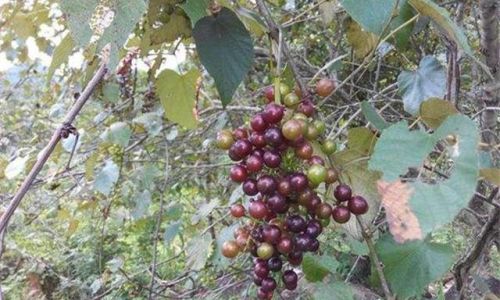
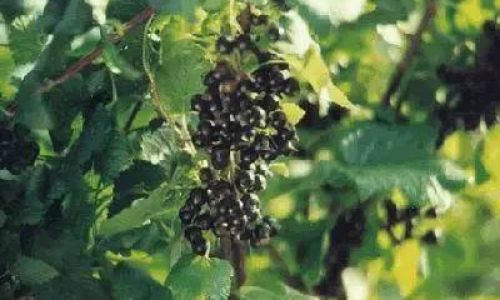
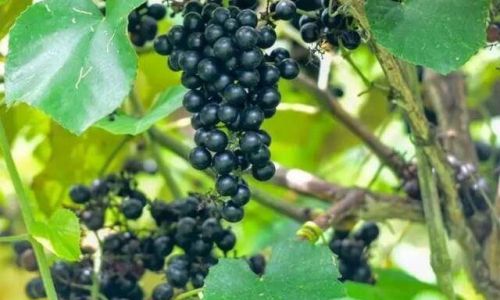
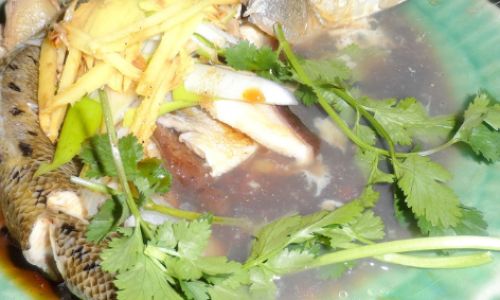
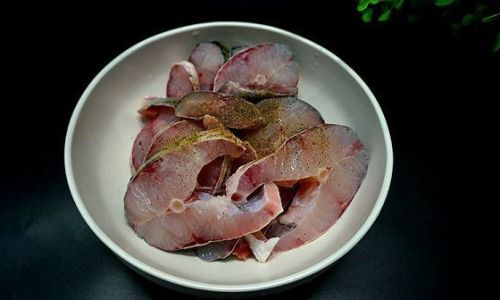
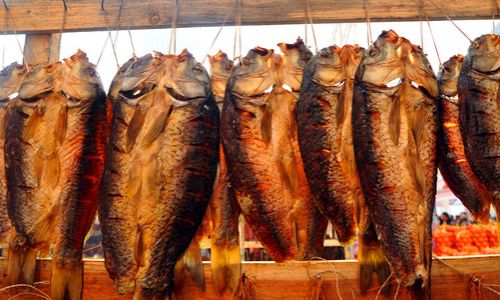
0 comments